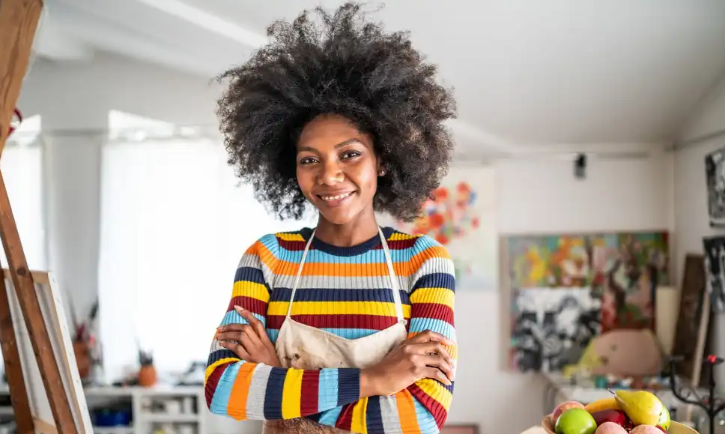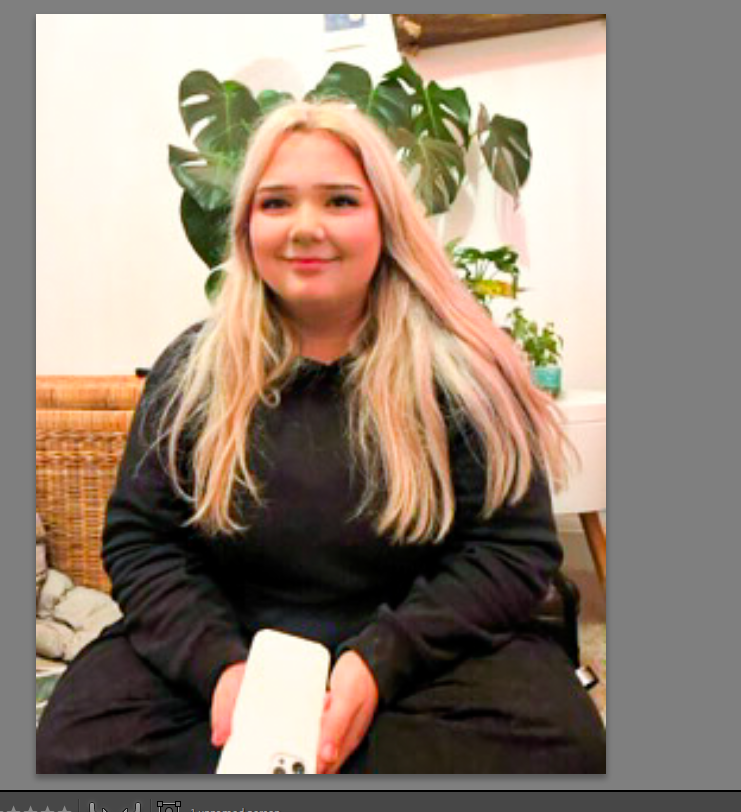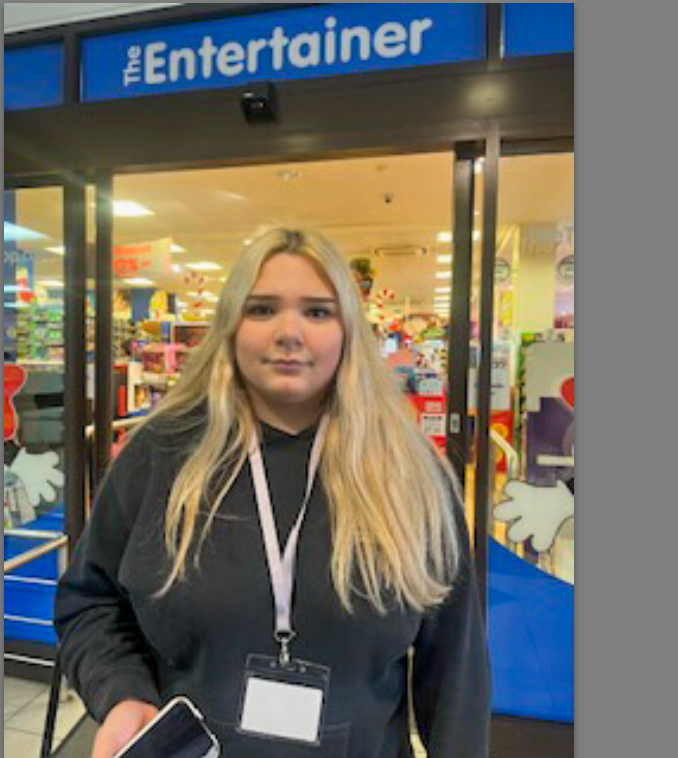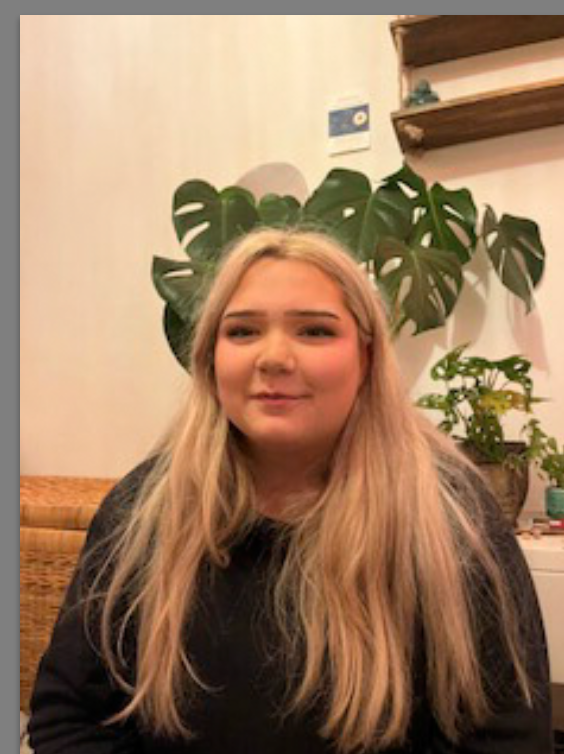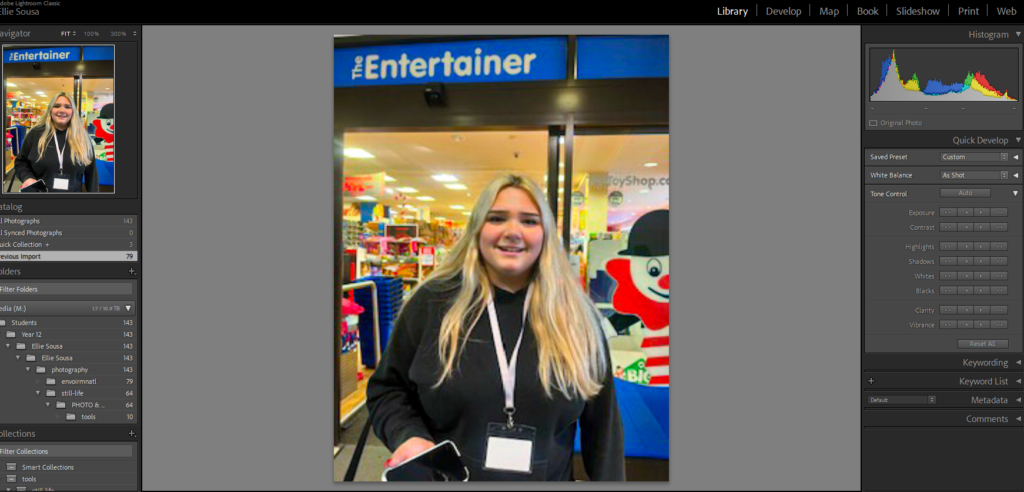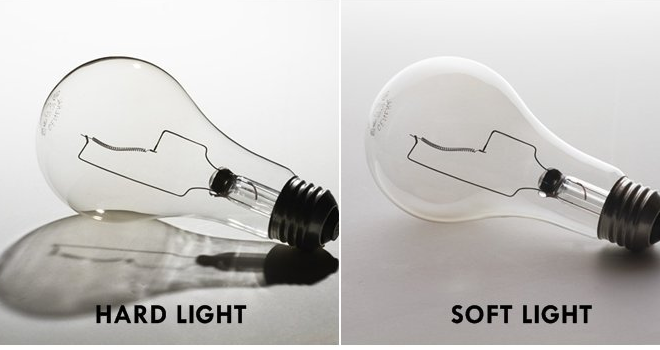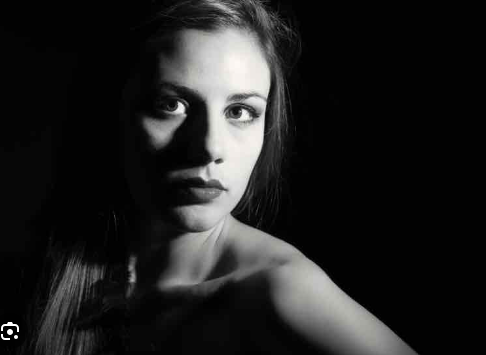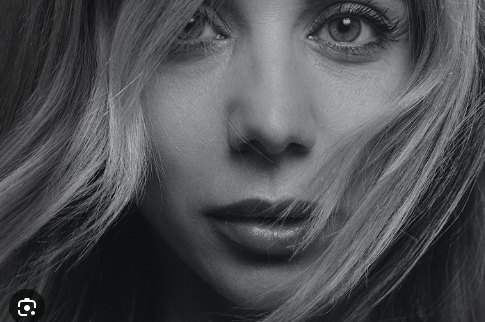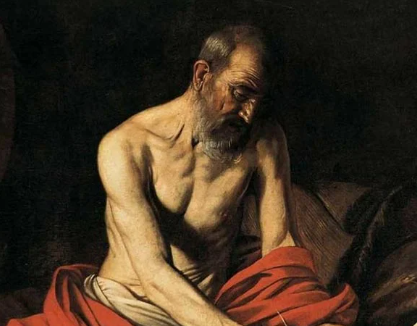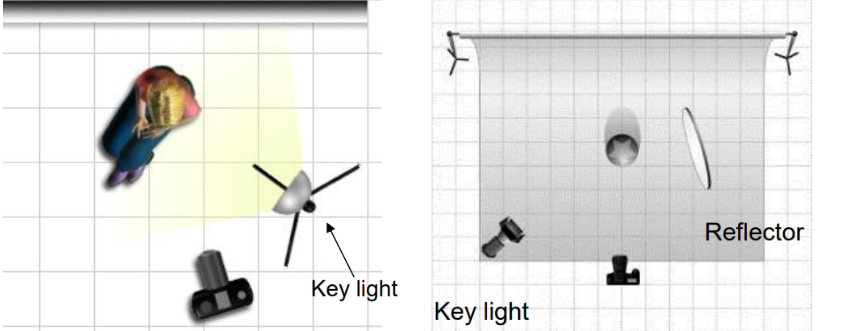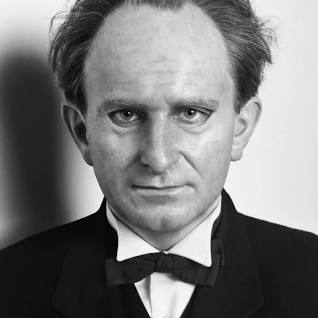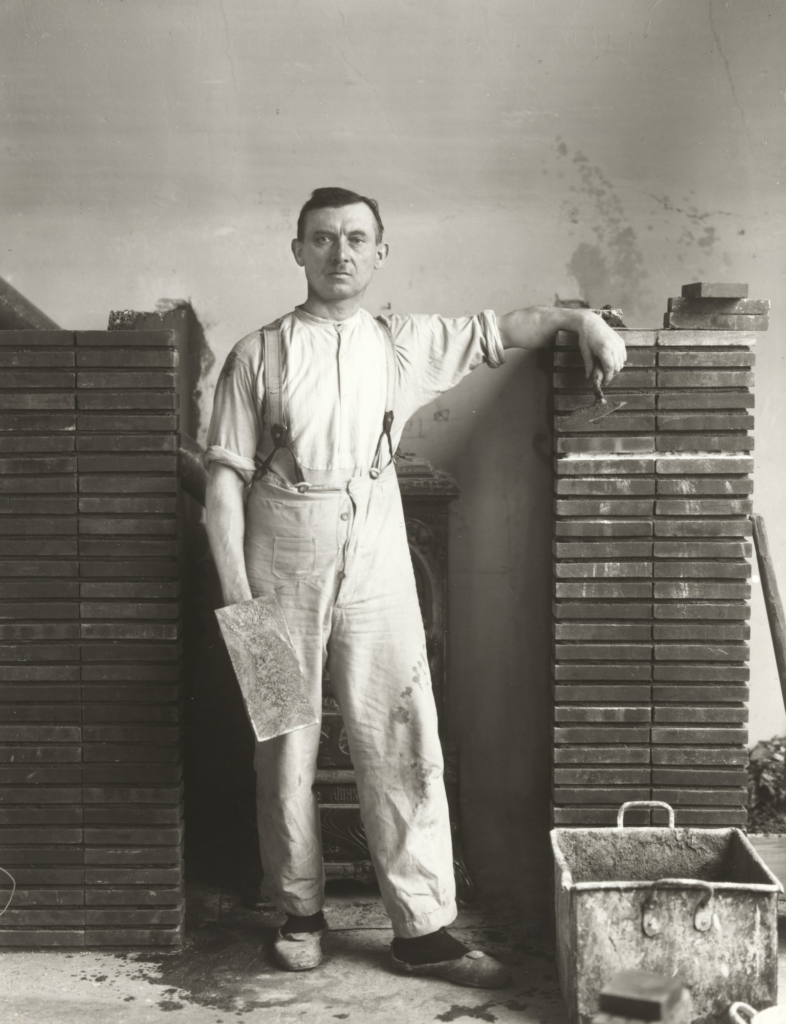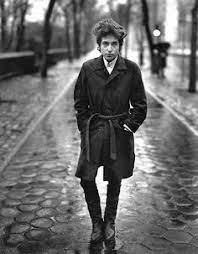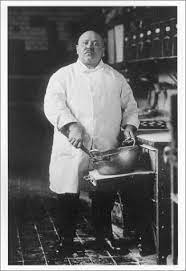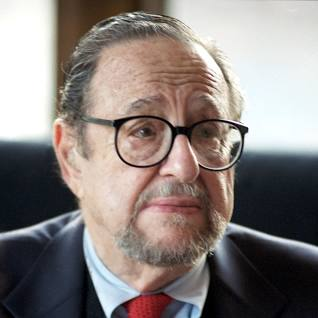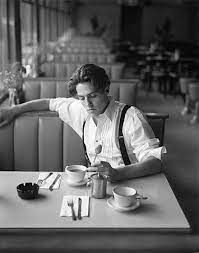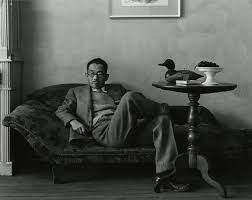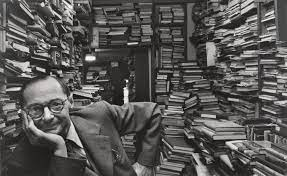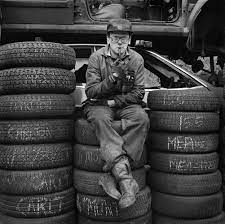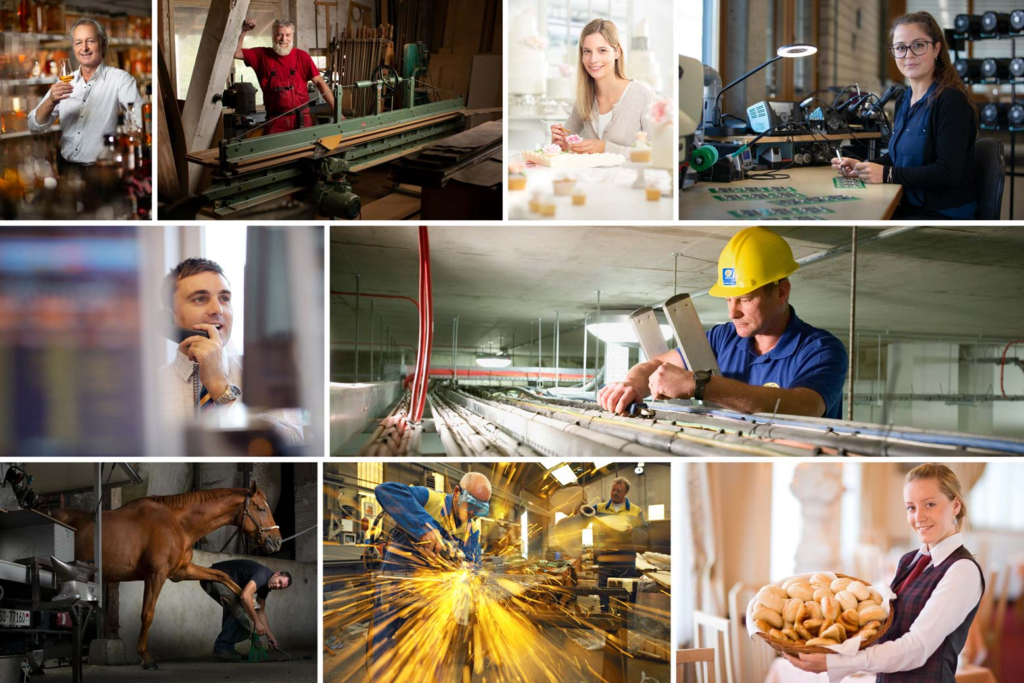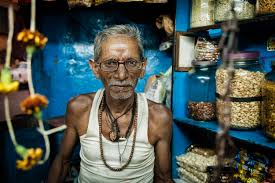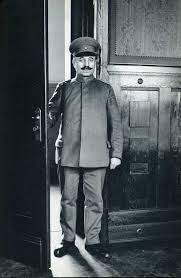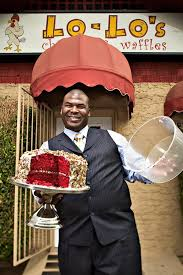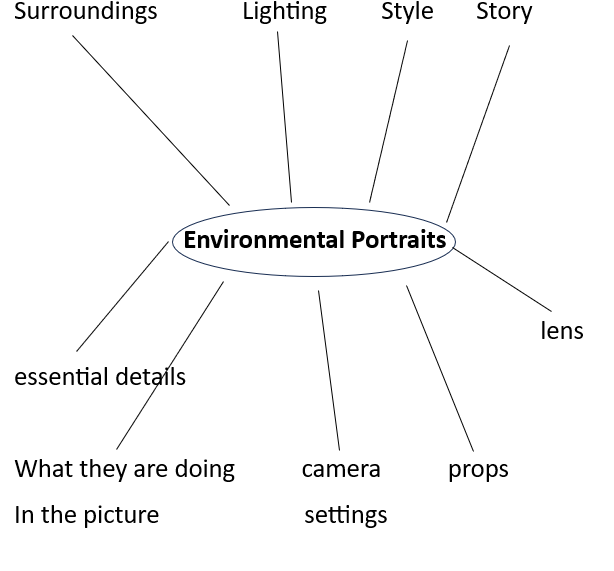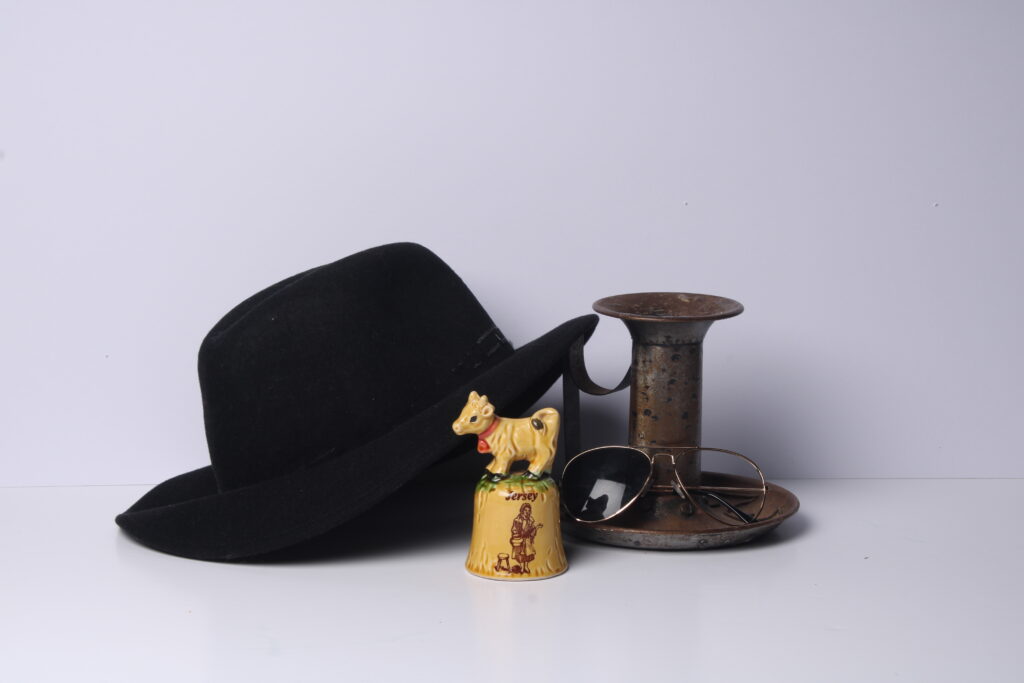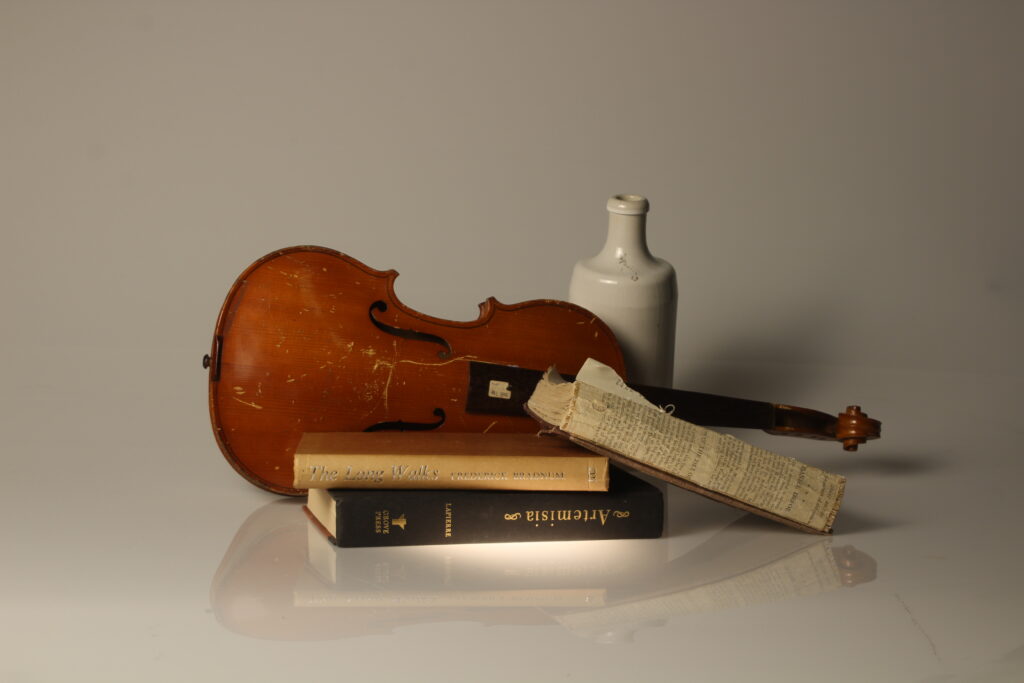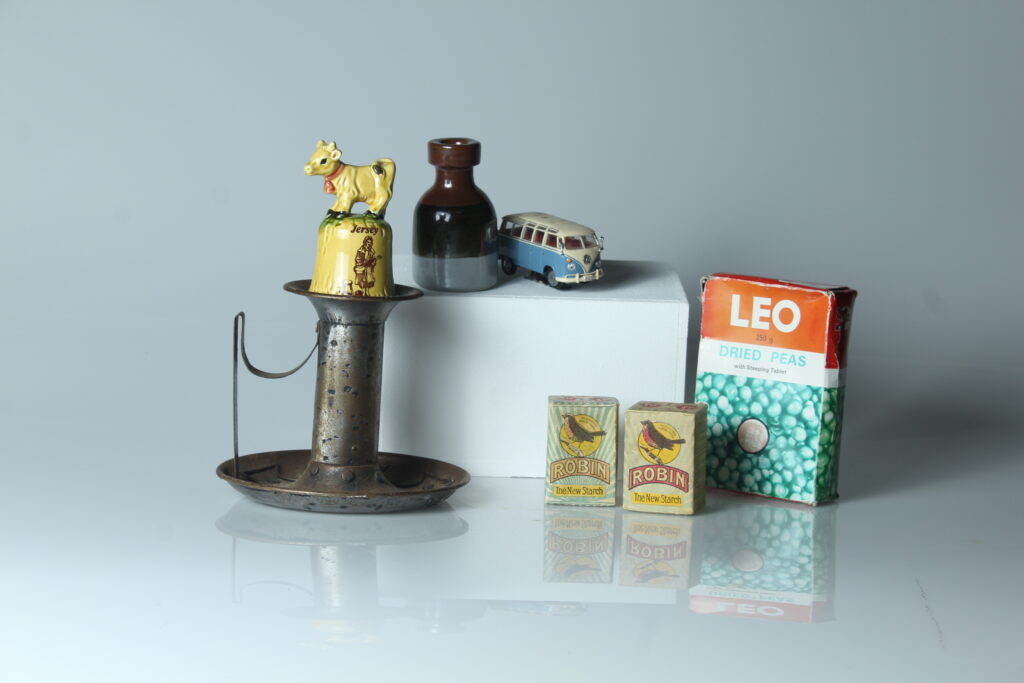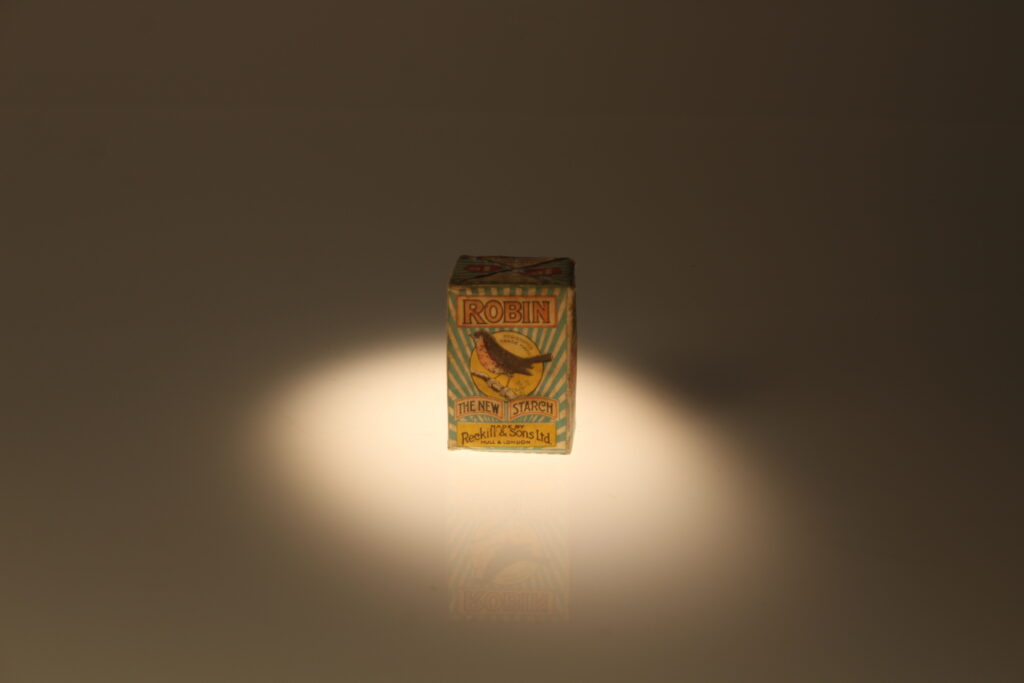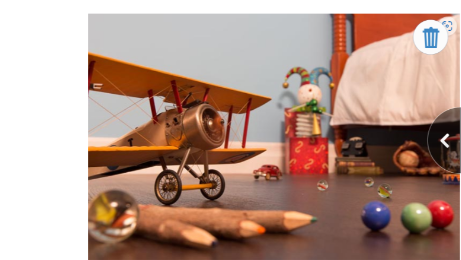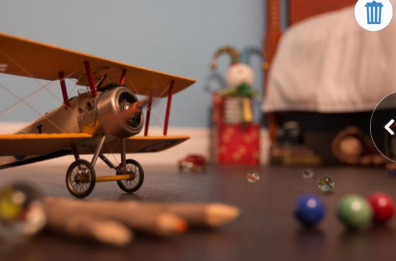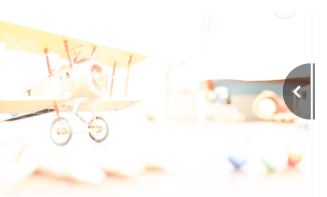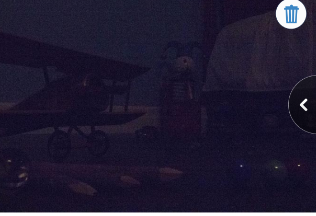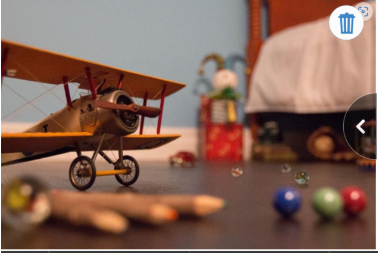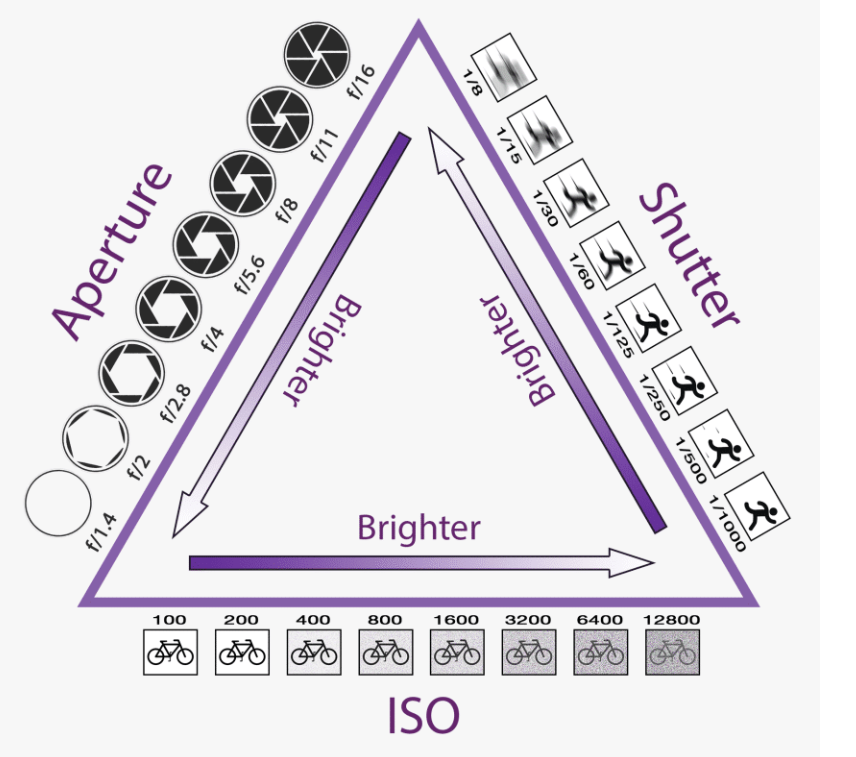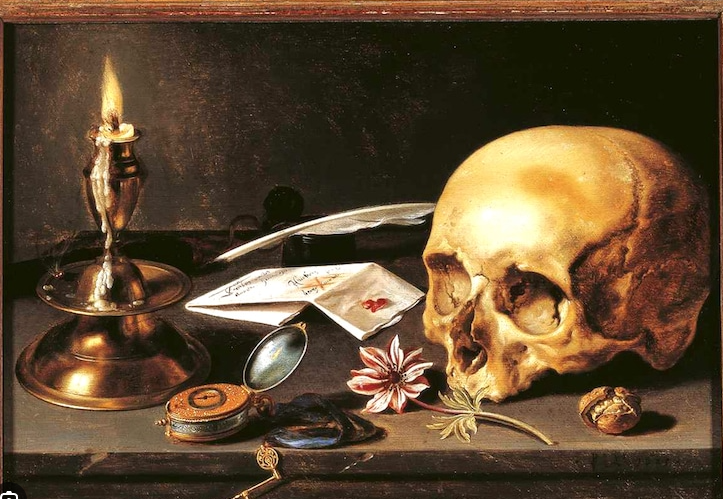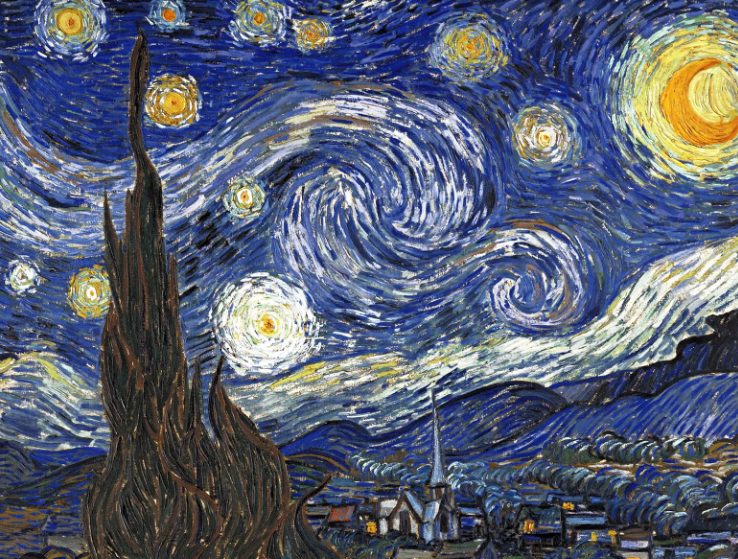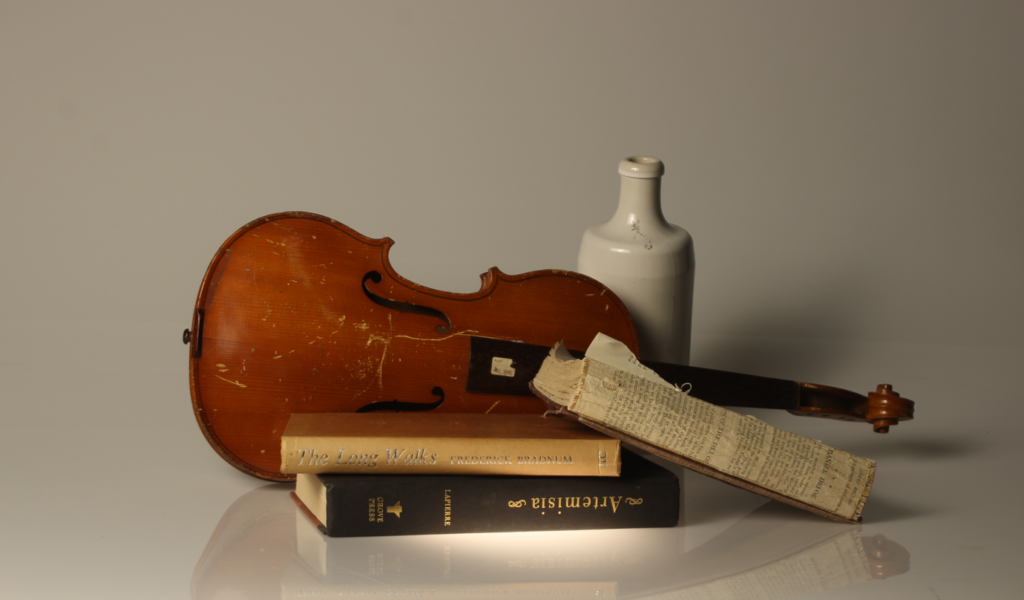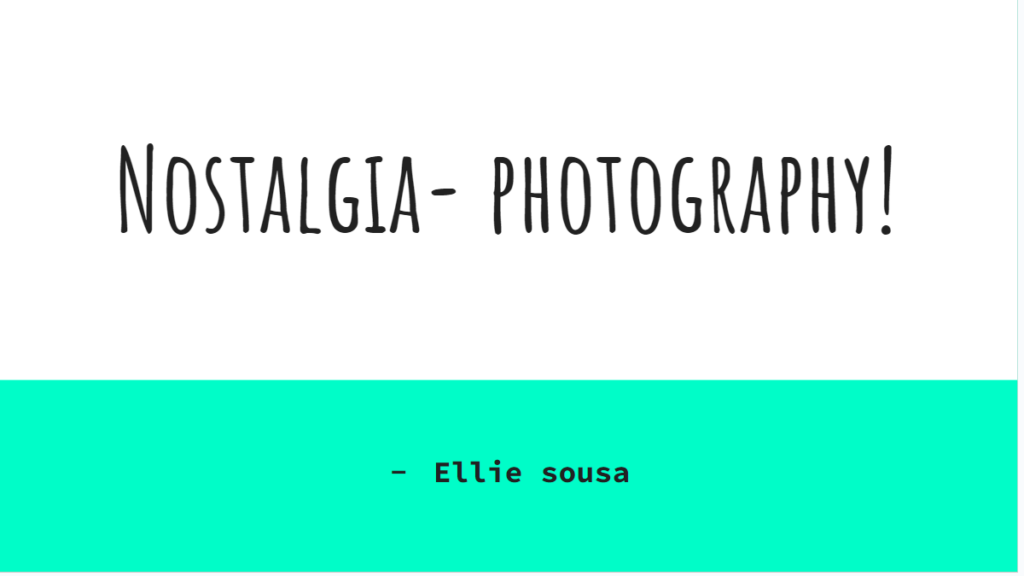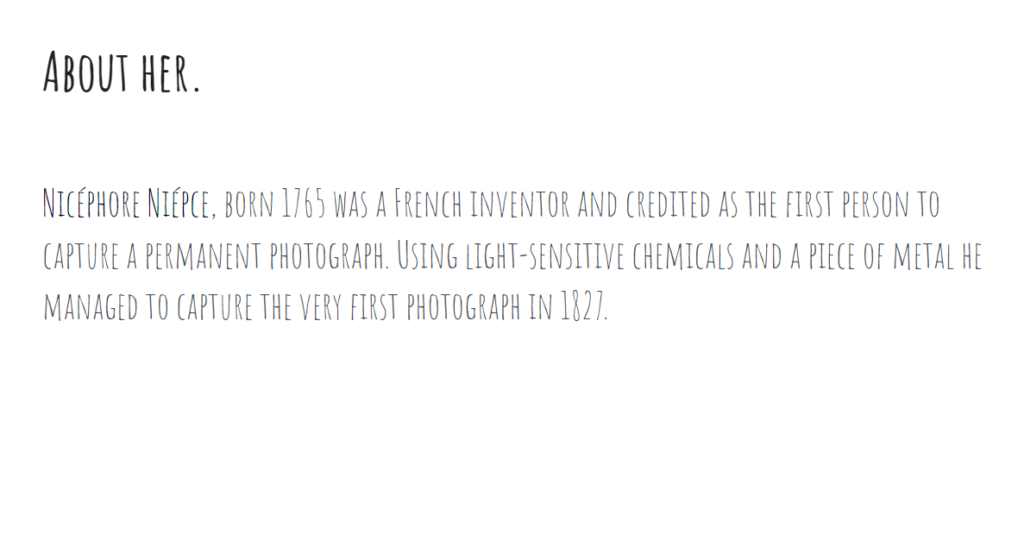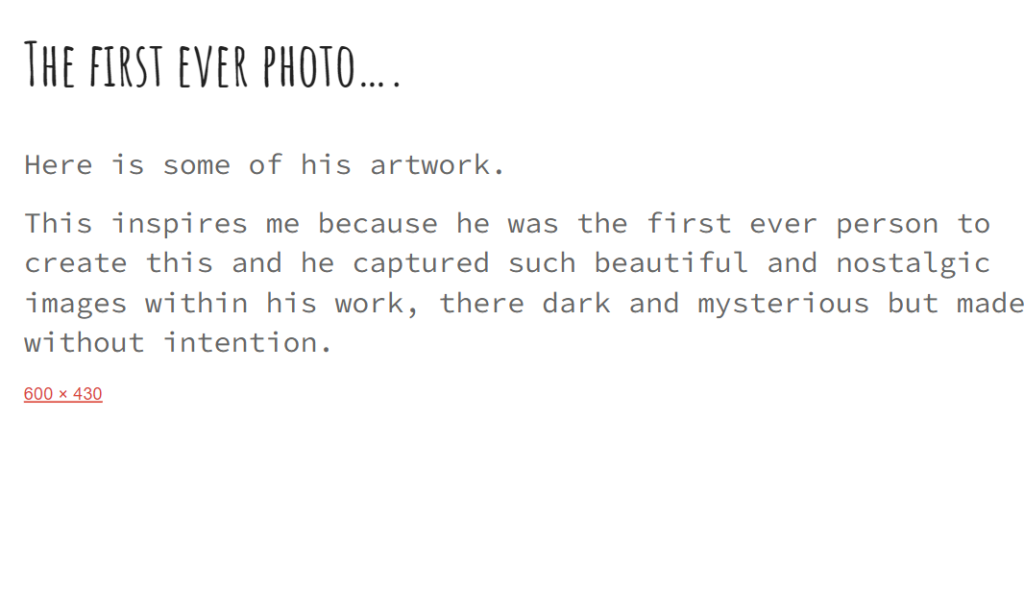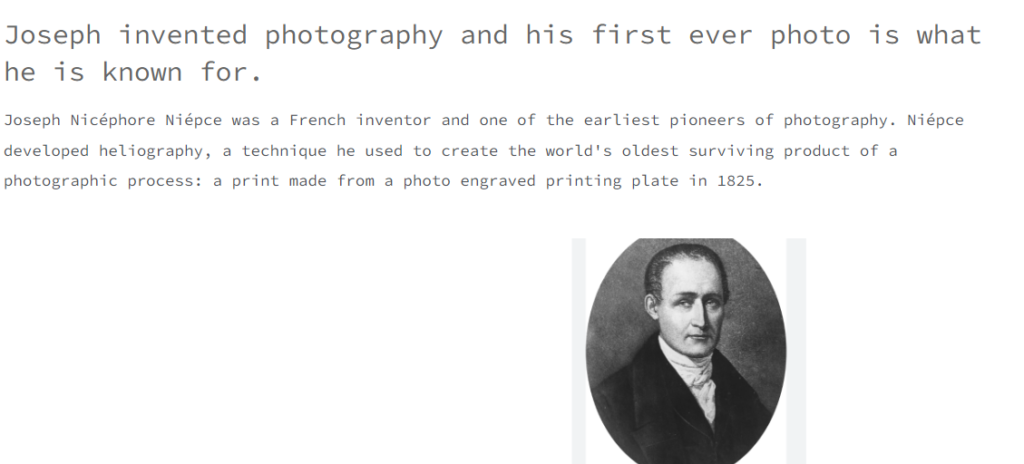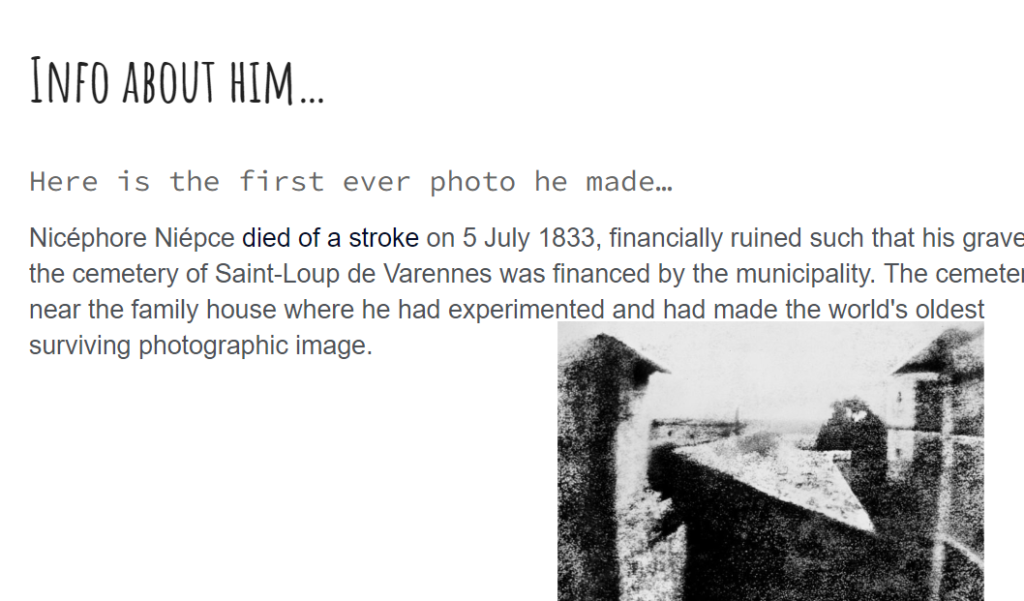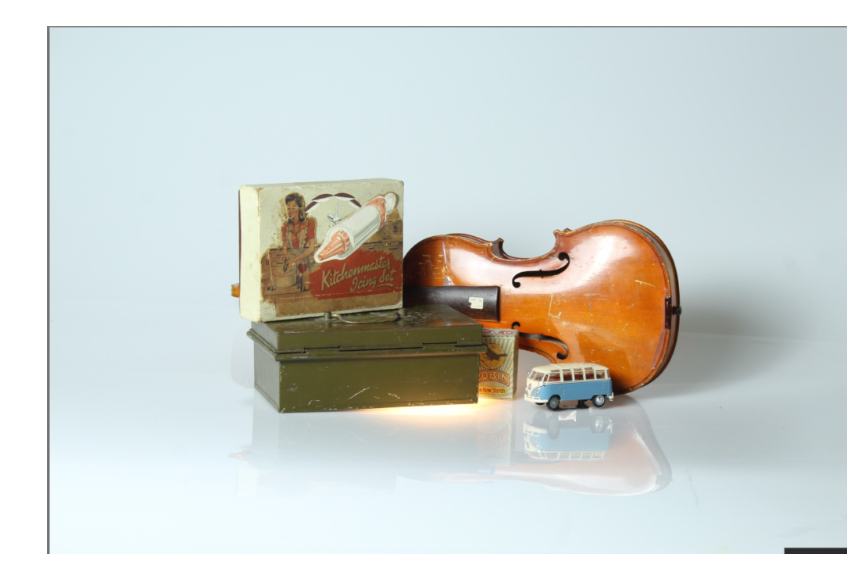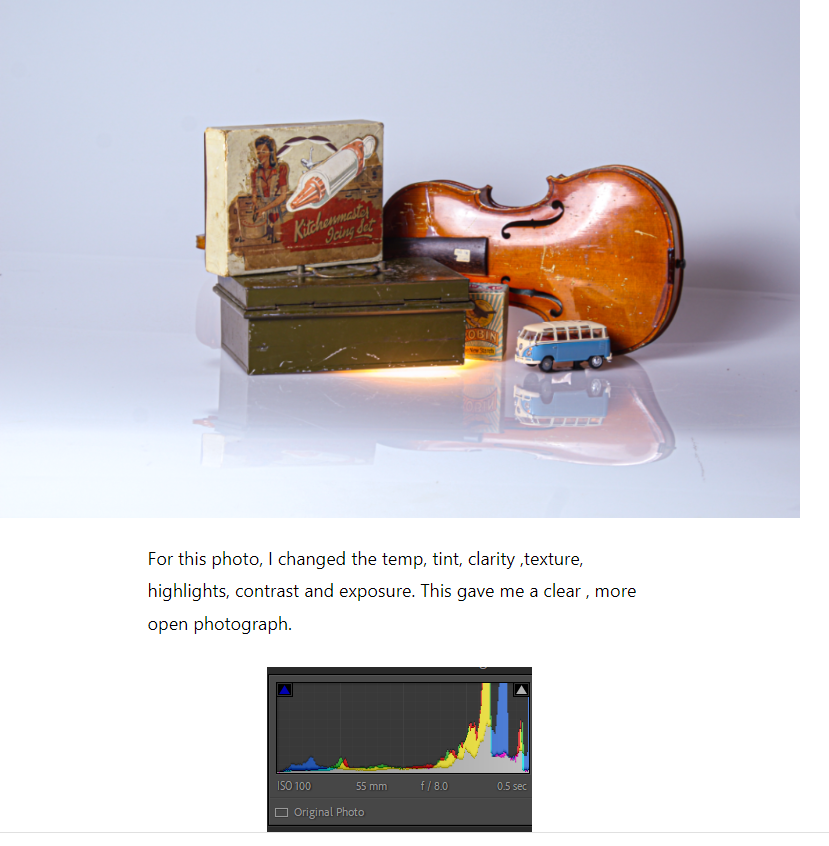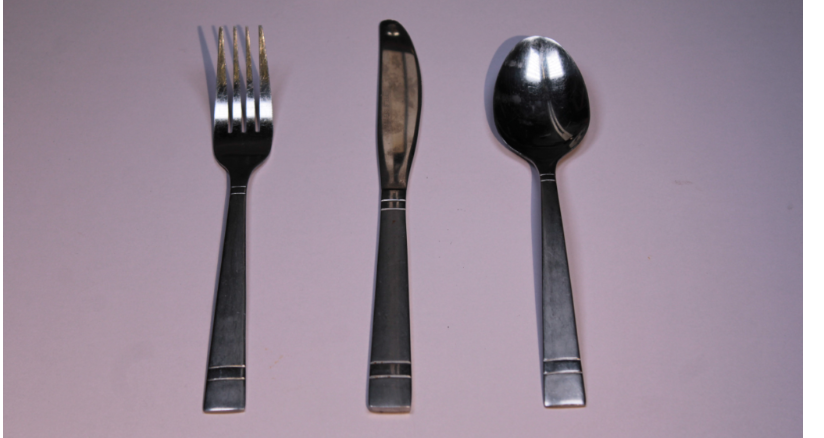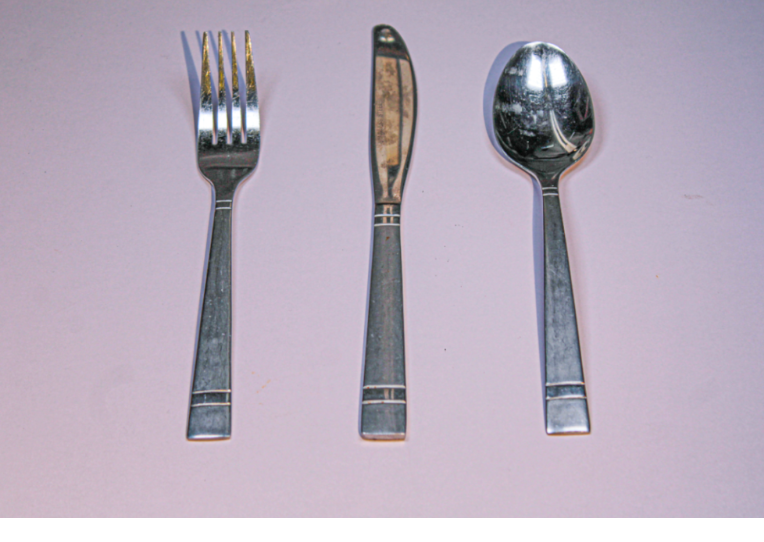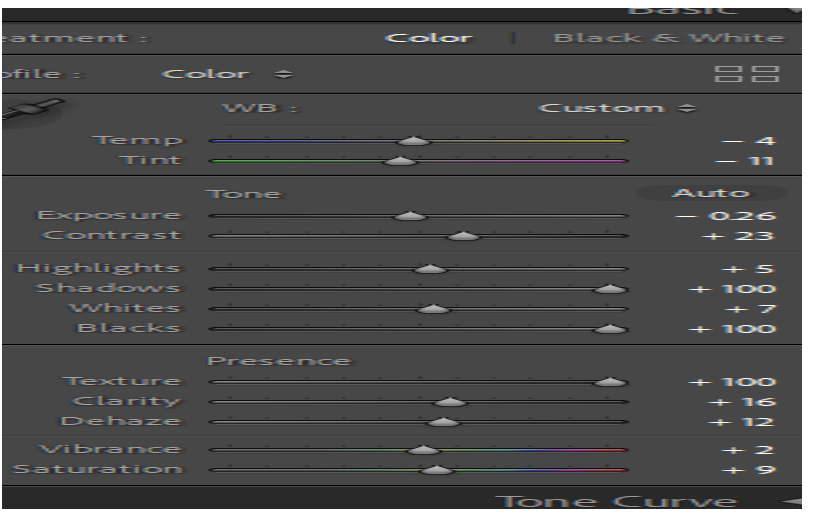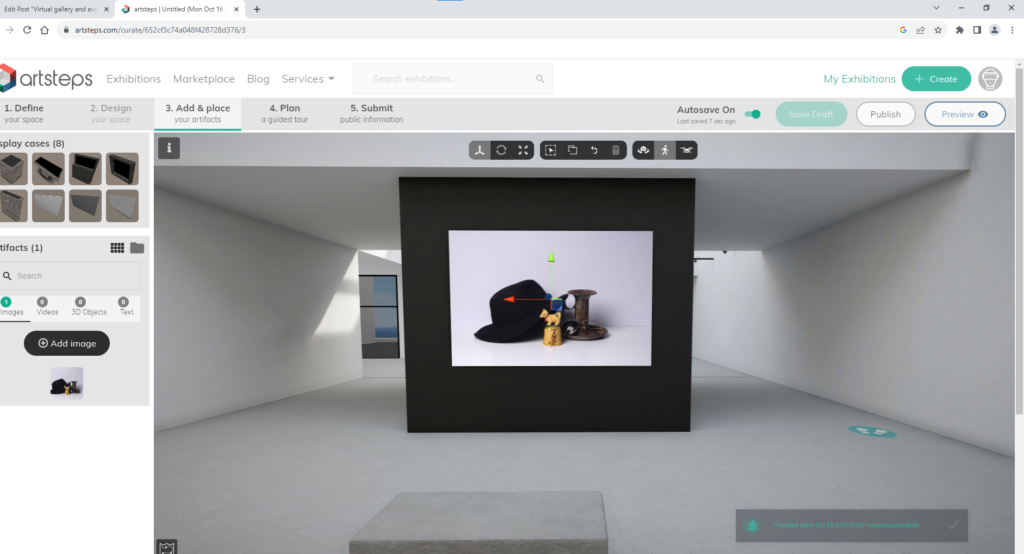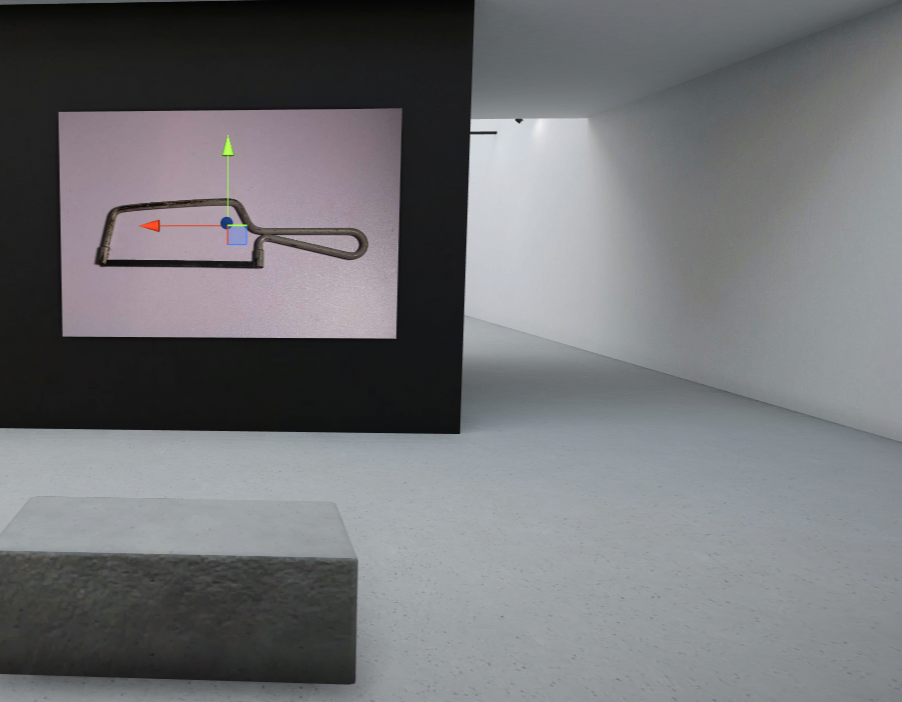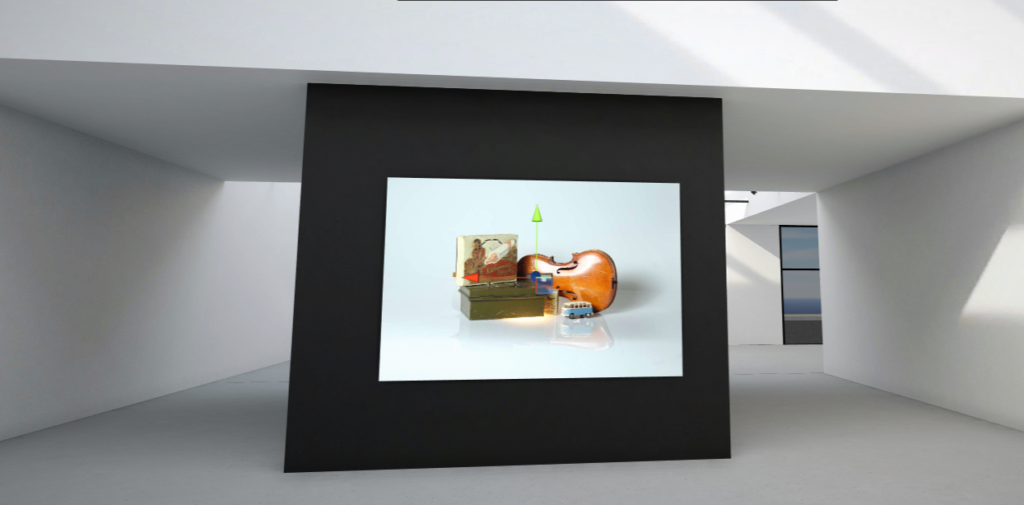August Sander (1876 – 1964)
August Sander, born in Germany- died April 20, 1964, A German photographer who attempted to produce a comprehensive photographic document of the German people. His portraits were usually stark, photographed straight on in natural light, with facts of the sitters’ class and profession allude to through clothing, gesture, and backdrop.
The environmental factor of Sander’s portrait meant that the subjects in his photos would always be surrounded by the environmental they work in, in the background of the full-body shot, so their occupation was clear to the viewers. Here are some of them.
He used Zeiss lenses, an orthochromatic plate with corresponding light filter and clear fine grained glossy paper. He made his photos on 13 x 18 cm plates, enlarging them to 18 x 24 cm.” Which is about like a 5×7 large format camera.
The son of a mining carpenter, Sander apprenticed as a miner in 1889. Acquiring his first camera in 1892, he took up photography as a hobby and, after military service, pursued it professionally, working in a series of photographic firms and studios in Germany.
One of the first photographic typological studies was by the German photographer August Sandler.
Sanders approach to photographing the world has had an enormous influence on later photographers, such as Bernd and Hila Becher.
Sander sought to create a record of social types, classes and the relationships between them, and recognised that the display of his portraits as a collection revealed so much more than the individual images would alone by themselves and he showed so much within his work . it was so powerful that it was a record.
The term ‘Typology’ was first used to describe a style of photography when Berend and Hila Becher began documenting dilapidated German industrial architecture in 1959. The couple described their subjects as ‘buildings where anonymity is accepted to be the style’. Each photograph was taken from the same angle, at approximately the same distance from the buildings. Their aim was to capture a record of a landscape they saw changing and disappearing before their eyes so once again, Typologies not only recorded a moment in time, they prompted the viewer to consider the subject’s place in the world.
A photographic typology is a single photograph or more commonly a body of photographic work, that shares a high level of consistency. This consistency is usually found within the subjects, environment, photographic process, and presentation or direction of the subject.
Here are some useful links related to this piece of work.
Dusseldorf School of Photography
August Sander’s
Bernd and Hilla Becher
He used movement that sought to depart from abstraction and artifice and return to realism, Sander wanted his photographs to expose truths. “Pure photography allows us to create portraits which render their subjects with absolute truth,” he said.
Another fascinating artist who took these style of photographs’ and structured them this way is..
Arnold Newman.
Arnold Abner Newman was an American photographer, noted for his “environmental portraits” of artists and politicians. He was also known for his carefully composed abstract still life images.
Born in Manhattan to a Jewish family, Newman grew up in Atlantic City, New Jersey and later moved to Miami Beach, Florida. In 1936, he studied painting and drawing at the University of Miami. Unable to afford to continue after two years, he moved to Philadelphia to work for a studio, making 49-cent portraits in 1938.
Arnold Newman used many different techniques
and also favoured prime lenses, and clarity in his images. Newman was also known to use a range of lighting techniques to create the desired mood and atmosphere in his portraits. His skilful use of natural light, as well as studio lighting setups, helped him achieve a balance between the subject and their environment.
He frequently used medium format cameras, such as the Rolle flex and the Hasselblad, which allowed for greater detail and higher image quality. He also favoured prime lenses, and clarity in his images. Newman was also known to use a range of lighting techniques to create the desired mood and atmosphere in his portraits.
Here is some of his work.
Arnold Abner Newman was an American photographer, noted for his “environmental portraits” of artists and politicians. He was also known for his carefully composed abstract still life images.
To conclude
I think that this is very interesting and useful for peoples live, to show what they love to do and shows them happy doing what their doing which is nice to see, Portrait photography, also referred to as portraiture, is a type of photography in which the subject is one or more people and the aim is to convey something about the subject’s identity, personality, or story.
